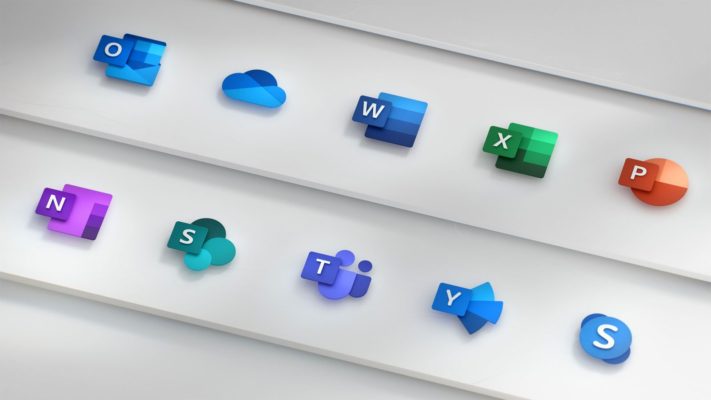Please fill out your details below and one of our team will assist you with you booking.
Microsoft Office 365 Online (with Teams for the Desktop)
1 Day
Beginner
Instructor-led
Overview
About this course
This course is an introduction to Microsoft® Office 365™ with Teams™ in a cloud-based environment. It can be used as an orientation to the full suite of Office 365 cloud-based tools, or the Teams lessons can be presented separately in a seminar-length presentation with the remaining material available for later student reference.
Using the Office 365 suite of productivity apps, users can easily communicate and collaborate through Microsoft® Outlook® mail and Teams™ messaging and meeting functionality. Additionally, the Microsoft® SharePoint® team site provides a central storage location for accessing and modifying shared documents. This course introduces working with shared documents in the familiar Office 365 online apps—Word, PowerPoint®, and Excel®—as an alternative to installing the Microsoft® Office desktop applications. This course also introduces several productivity apps including Yammer™, Planner, and Delve® that can be used in combination by teams for communication and collaboration.
Course Objective: In this course, you will build upon your knowledge of the Microsoft Office desktop application suite to work productively in the cloud-based Microsoft Office 365 environment.
You will:
- Sign in, navigate, and identify components of the Office 365 environment.
- Create, edit, and share documents with team members using the Office Online apps, SharePoint, OneDrive for Business, and Delve.
- Collaborate and work with colleagues using the Yammer and Planner apps.
- Use email and manage contacts with Outlook on the web.
- Collaborate using Teams.
- Configure Teams.
Course Objectives
This course is intended for business users and knowledge workers in a variety of roles and fields who have competence in a desktop-based installation of the Microsoft Office 2010, 2013, or 2016 edition of the Microsoft Office productivity suite, and who are now extending Microsoft Office to a collaborative cloud-based Office 365 environment.
Prerequisites
To ensure your success, you will need to be familiar with the Windows operating system and a web browser. You also need competence in using the locally installed version of Microsoft Outlook for sending email and interacting with calendar events and should be familiar with at least one of the primary applications in the Microsoft Office suite (Microsoft Word, Microsoft PowerPoint, and Microsoft Excel).
To meet these prerequisites, you can take any one or more of the following Logical Operations courses:
- Using Microsoft® Windows® 10
- Microsoft® Office Outlook® 2016: Part 1
- And any one or more of the following:
- Microsoft® Office Word 2016: Part 1
- Microsoft® Office Excel® 2016: Part 1
- Microsoft® Office PowerPoint® 2016: Part 1
Outline
Lesson 1: Getting Started with Office 365
- Sign Into Office 365
- Navigate the Office 365 Environment
Lesson 2: Collaborating with Shared Files
- Work with Shared Documents in SharePoint
- Edit Documents in Office Online
- Collaborate on the SharePoint Site
- Work with OneDrive for Business and Delve
Lesson 3: Using Productivity Apps
- Work with Productivity Apps in Combination
- Broadcast Messages with Yammer
- Manage Tasks with the Planner App
Lesson 4: Using Outlook on the Web
- Send and Receive Email
- Manage Contacts
- Schedule Appointments
- Personalize Outlook on the Web
Lesson 5: Collaborating with Teams
- Overview of Microsoft Teams
- Converse and Share in Teams
- Call and Meet in Teams
- Collaborate with Office 365 Apps and Teams
Lesson 6: Configuring Teams
- Configure Teams
- Configure Channels
- Configure Tabs
Please enter your details below and we will send you the full course outline.




